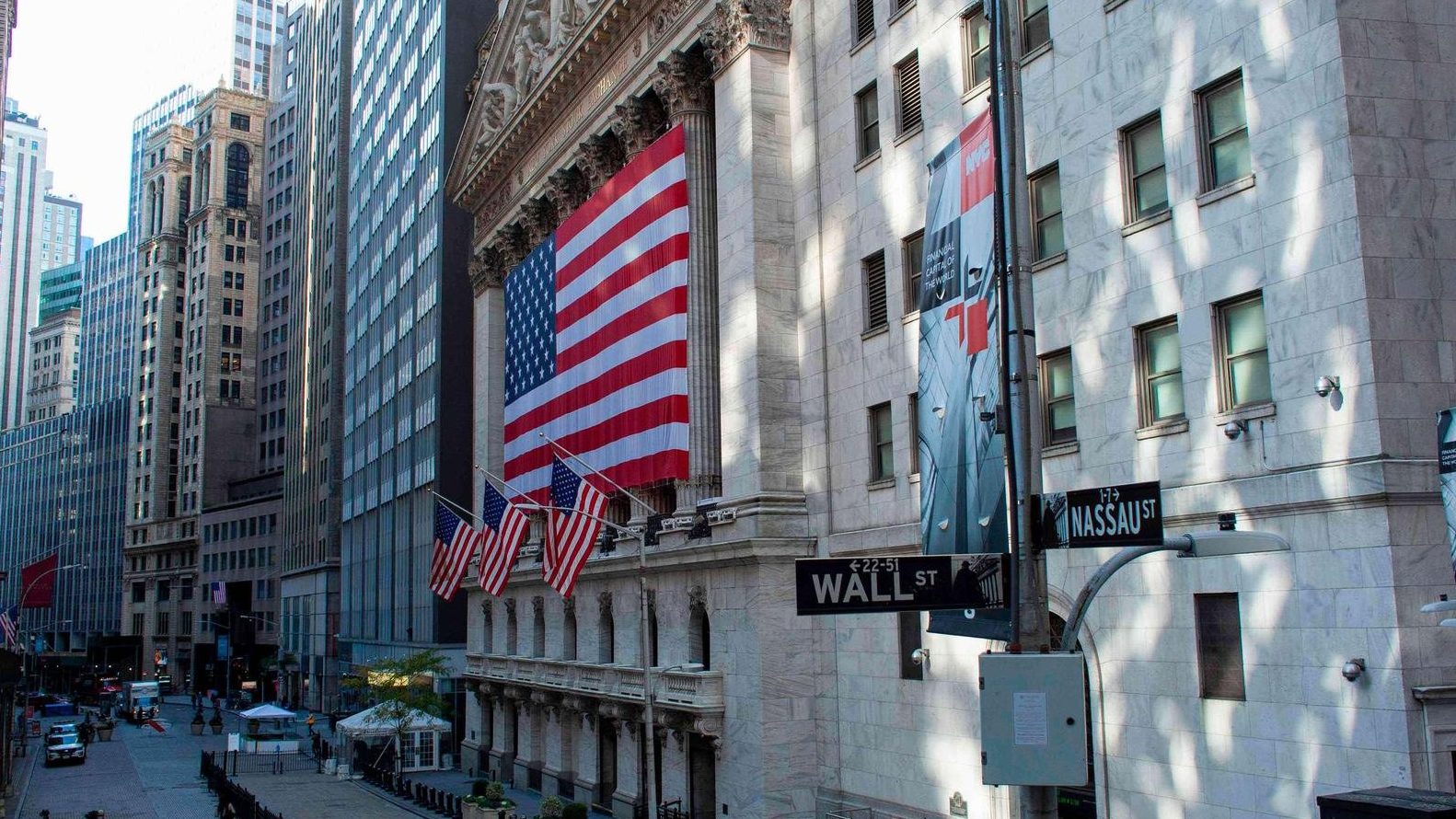Early in the morning, a group screamed into the newly opened store to rush for a rush – a classic opening of the Black Friday shopping festival in the United States. But this year, such a scene is difficult to see.
According to the Washington Post, at a Wal-Mart in the northwest of Washington, the Black Friday had very little passenger flow, with only a few casual customers casually selecting goods. Macy’s, a few kilometers away, faces the same dilemma. “The mall has even more staff than customers”.

According to data released by RetailNext, a retail analysis agency in the United States, the offline store traffic of the Black Friday this year has decreased by 48% compared with last year, and sales have fallen by 30%.
Preliminary data from Sensormatic Solutions, another analysis agency, show that the passenger flow of physical stores and shopping malls in the United States has declined by 52%.
In the face of the flow of people who have been “halved”, the desire of the American physical retail industry to rush to its performance on the “Black Friday” day may be difficult to realize. This can’t help but ask: What the hell happened?
The most direct reason is the recurrence of the epidemic. Brian Field, an analyst at Sensormatic Solutions, said that the COVID-19 epidemic and social distancing regulations have made shopping more purposeful for Americans’ “Black Friday”, which has led to a “significant decrease in traffic”.
In addition, some consumer demand has turned to online. Adobe Analytics counted sales data of 80 of the top 100 e-commerce websites in the United States, showing that their online sales reached $9 billion on the day of the Black Friday, up 22% from last year.
But worrying is that part of the weakened purchasing power. Two days before the Black Friday, data released by the U.S. Department of Labor showed that in the week ending November 21, the number of first-time jobless claims in the United States rose by 30,000 to 778,000 month-on-month, highlighting the expanding shock wave of the COVID-19 epidemic.

This shopping season, retired nurse Teresa Stewart, who lives in Arizona, spent $200 online just a few weeks ago.
She said, “The epidemic has made us uncomfortable” and now only buy daily necessities.
Theresa’s idea is very representative in the current United States. Obviously, the repeated epidemic and the impact on the economy caused by the ineffectiveness of the U.S. government in the past six months have spread to the daily lives of many ordinary Americans.
There are many other people who are worse off with Bit Lisa. Due to the U.S. election, congressional change, bipartisan confrontation and other factors, the United States is facing the problem of “idling” of some economic policies.
Two previous relief grants issued by the U.S. government for the epidemic will expire on December 26. If special subsidies cannot be introduced, 13.7 million people will be at risk of losing aid.
Reuters commented that this means that millions of American families will have a sharp decline in their income after the Christmas holiday, making it more difficult to afford rent, groceries and other necessities.
Some analysts point out that if tens of millions of unemployed people lose their aid again, they will cause more harm to the struggling U.S. economy. You know, personal consumption expenditure accounts for almost 70% of U.S. GDP.
However, the epidemic has repeatedly caused repeated blows to consumer confidence. In November, the U.S. consumer confidence index was 96.1, falling to its lowest level since August.
Lin Franco, senior director of economic indicators at the World Council of Large Enterprises, pessimistically believes that “entering 2021, consumers will not see the growth of the economy or the labor market.”
Looking back on the past six months or so, because the current ruling authorities of the United States have put political self-interest above people’s lives, a series of unscientific and unprofessional epidemic prevention operations are emerging.
The economic recovery is weak, a large number of businesses are closed, unemployment is high, the gap between rich and poor is widening… It is the ordinary American people who are most hurt, especially those with low incomes and families.
At present, the U.S. economy is destined to enter a new year under the haze of the epidemic. J.P. Morgan’s recent “2021 U.S. Outlook” pessimistically predicts that the U.S. economy will shrink at an annual rate of 1% in the first quarter of next year. This highlights the urgency and priority of epidemic prevention and control.
How to effectively control the epidemic, how to avoid more Americans losing their jobs, how to rebuild consumer confidence and revitalize the economy… These should be warnings drawn by the U.S. rulers from this year’s unusual Black Friday.



